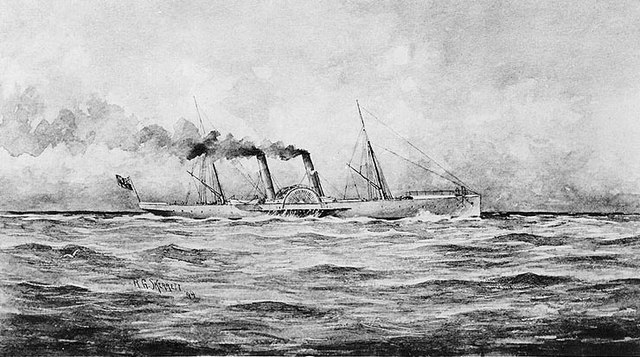Slave trade in the United States
The internal slave trade in the United States, also known as the domestic slave trade, the Second Middle Passage and the interregional slave trade, was the mercantile trade of enslaved people within the United States. It was most significant after 1808, when the importation of slaves from Africa was prohibited by federal law. Historians estimate that upwards of one million slaves were forcibly relocated from the Upper South, places like Maryland, Virginia, Kentucky, North Carolina, Tennessee, and Missouri, to the territories and then-new states of the Deep South, especially Georgia, Alabama, Louisiana, Mississippi, and Arkansas.
When interviewed in 1913 by Myra Williams Jarrell for the Topeka Star, Emily Ford and Mary Shawn of Burlingame, Kansas, recalled an instance of family separation in American slavery due to the slave trade
Partial manifest of a coastwise slave shipment made from Baltimore to New Orleans, by Hope H. Slatter, on the ship Scotia, September 1843
"Slave Trader, Sold to Tennessee" by an unknown artist
1844 newspaper icon depicting white man with suit and cane, and shackled enslaved black person
The Union blockade in the American Civil War was a naval strategy by the United States to prevent the Confederacy from trading.
Scott's great snake, J.B. Elliot
The Confederate blockade runner SS Banshee in 1863
Blockade runner SS A.D. Vance, captured by the Union Navy and recommissioned as Advance
CSS David engaging New Ironsides on 5 October 1863, during the blockade of Charleston







